A cord is wrapped on a pulley (disk) of mass M and radius R as shown in Fig. To one end of the cord, a block of mass M is connected us shown and to other end in (a) a force of 2Mg and in (b) a block of mass 2M. Let angular acceleration of the disk in A and B is αA and αB, respectively, then (cord is not slipping on the pulley).
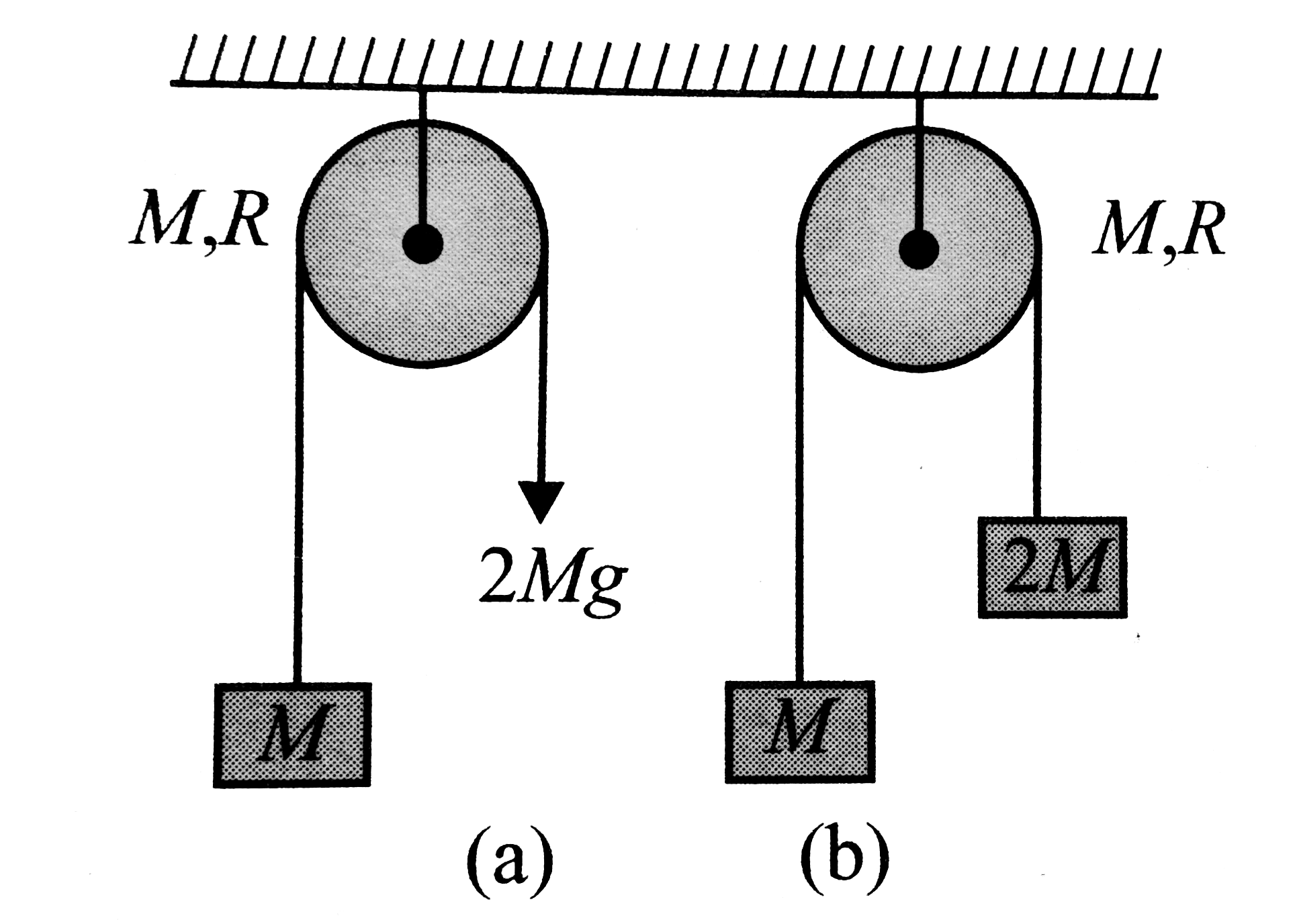
fa=fb
fa=fb/2
fa=fb/3
fa=2fb
The correct Answer is:C
fa=(2m−m2m+m)g=g3
fb=2mg−mgm=g
So, fa=fb/3
Topper's Solved these Questions
Similar Questions
A cord is wrapped on a pulley (disk) of mass M and radius R as shown in figure. To one end of the cord, a block of mass M is connected as shown and to other end in (a) a force of 2 Mg and in (b) a block of mass 2 M. Let angular acceleration of the disk in A and B is αAandαβ respectively, then (cord is not slipping on the pulley)
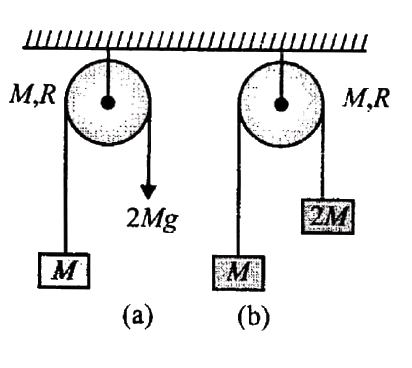
View SolutionA uniform disc of mass M and radius R is mounted on an axle supported in frictionless bearings. A light cord is wrapped around the rim of the disc and a steady downward pull T is exerted on the cord. The angular acceleration of the disc is
View Solution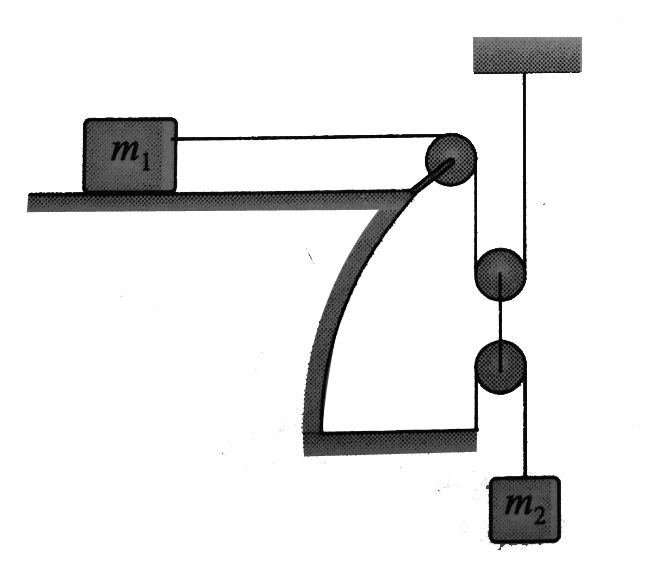
Two blocks of masses m1 and m2 are connected as shown in the figure. The acceleration of the block m2 is :
View SolutionIn the figure shown, all surfaces are smooth and the pulley is massless. A constant force of magnitude F=mg2 is acting on the block of mass M. The acceleration of the block M is :
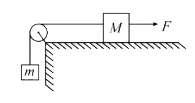
View SolutionA block of mass m1 rests on a horizontal table. A string tied to the block is passed on a frictionless pulley fixed at the end of the table and to the other end of string is hung another block of mass m2. The acceleration of the system is
View SolutionTwo block of masses m1 and m2 are connected as shown in the figure. The acceleration of the block m2 is:

View SolutionAn ideal inextensible string is wrapped over the disc of mass m and radius R. The other end of the string is connected to mass m. the string is passing over an ideal pulley A as shown in the figure. At any time t, mass m and disc are moving downward with acceleration of magnitude a1 and a2 respectively. The disc is rotating clockwise with angular acceleration of magnitude α . There is no slipping betweeb string and disc. choose the incorrect option
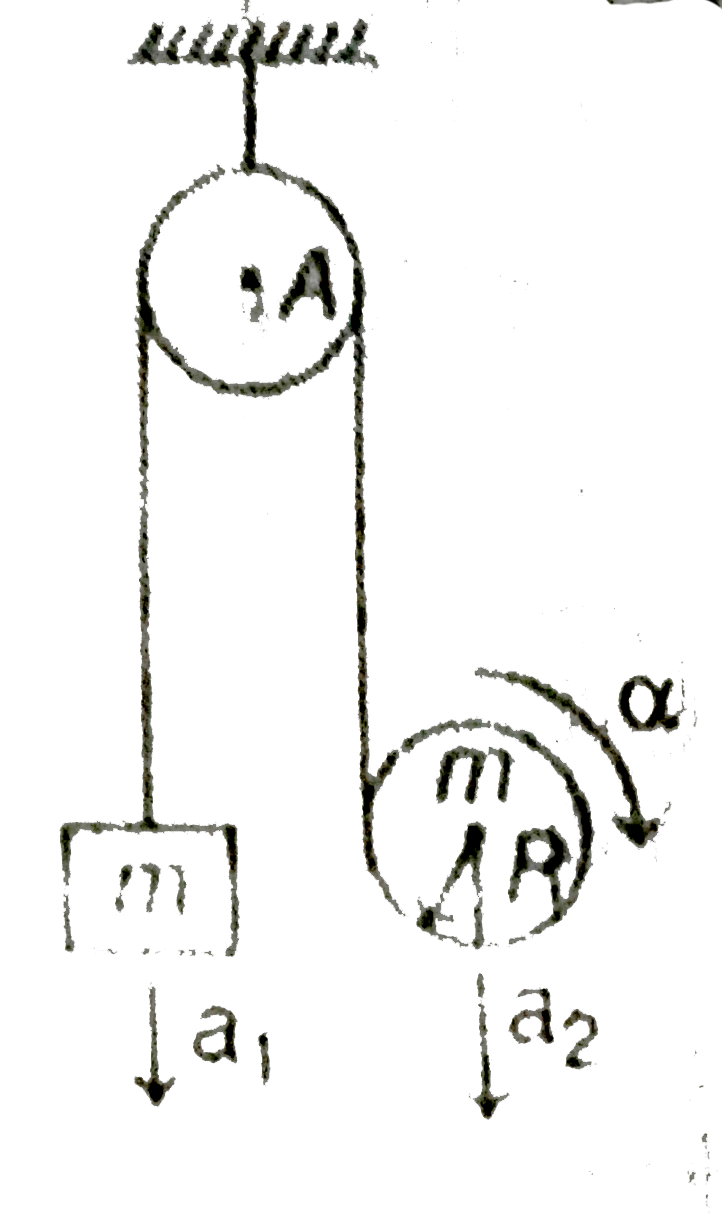
View SolutionA block of mass m is released from a wedge of mass m as shown in figure . Find the time taken by the block to reach the end of the wedge.
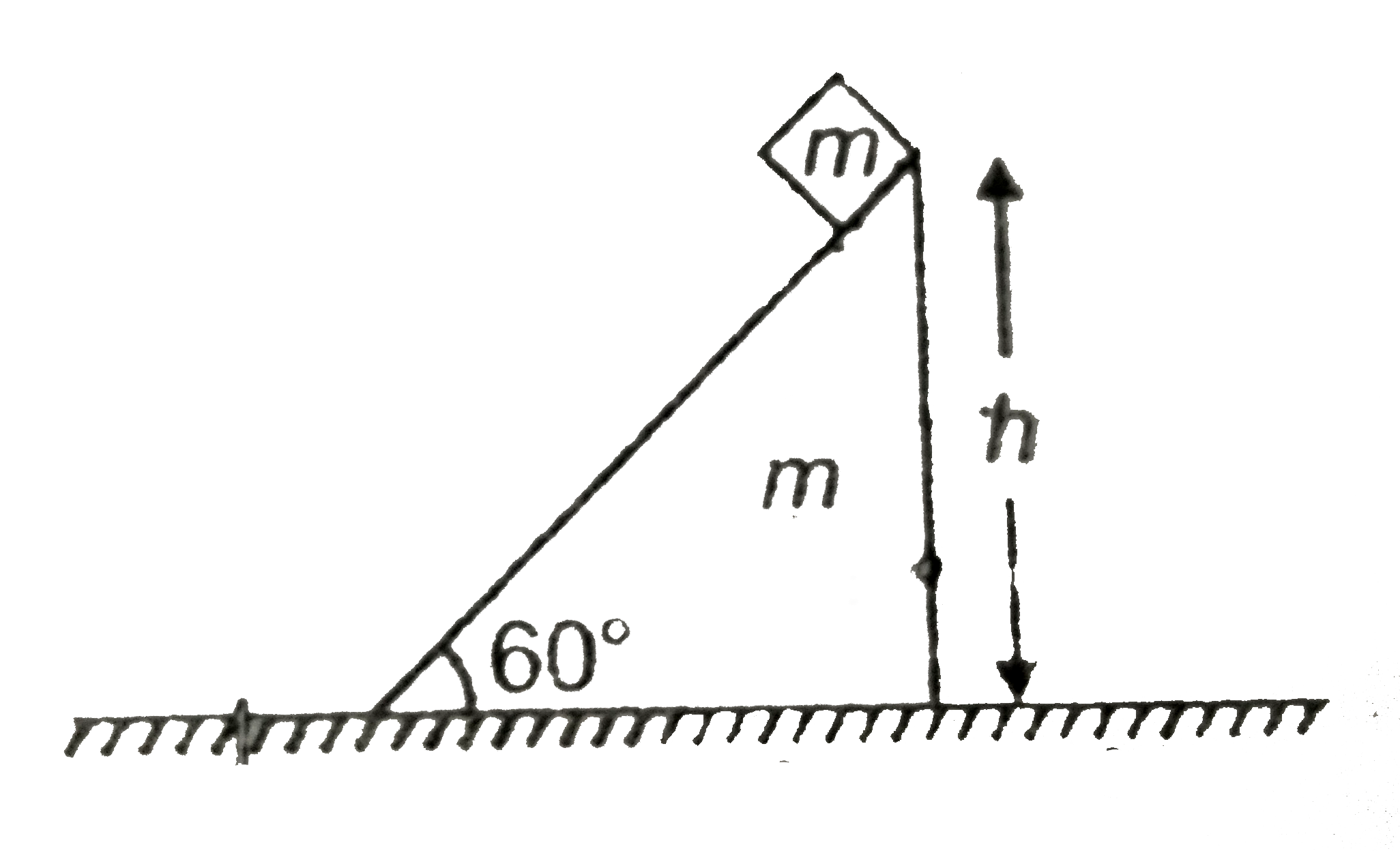
View SolutionTwo block A and B of mass M & 3M are connected through a light string. One end of the string is connected to the blcok B and its other end is connected to a fixed point S as shown in fig. Now a force F is applied to block B. find the acceleration of block A & B.
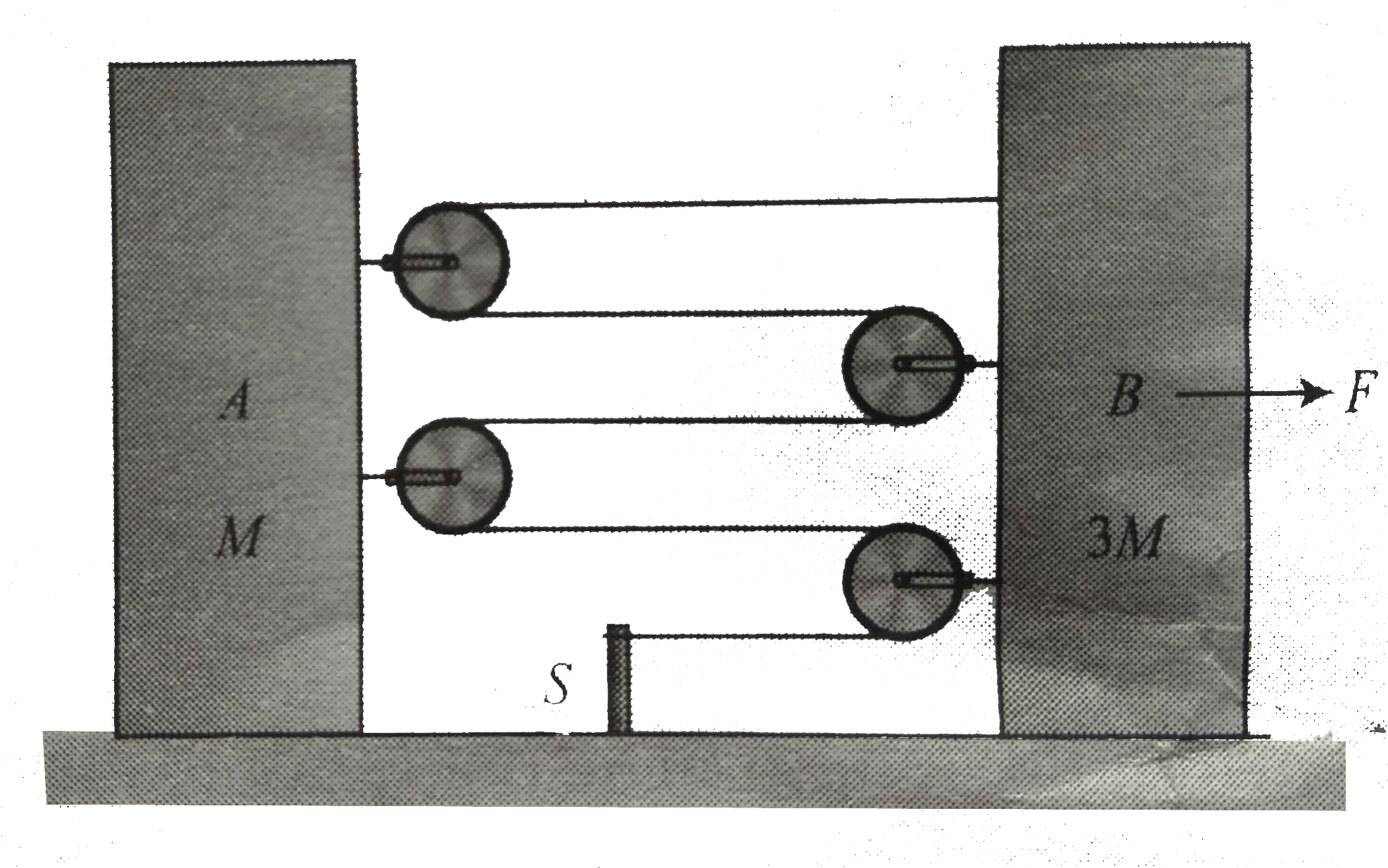
View SolutionConsider the system shown in figure
Mass of block A= 3m ,
Mass of block B= 2m .
Find the acceleration of A and B.
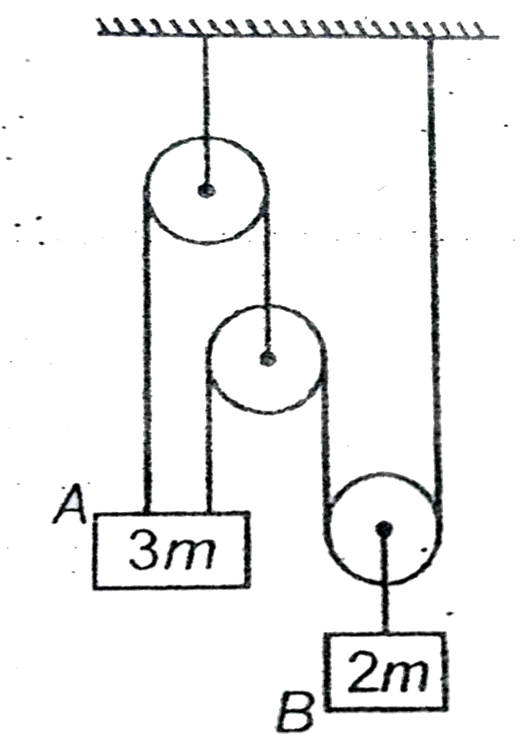
View Solution